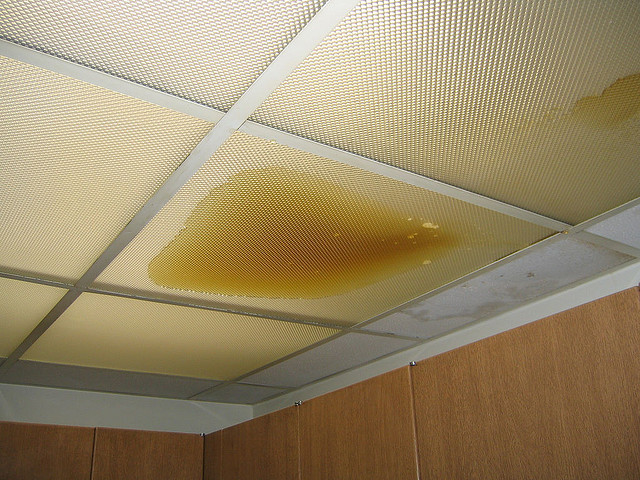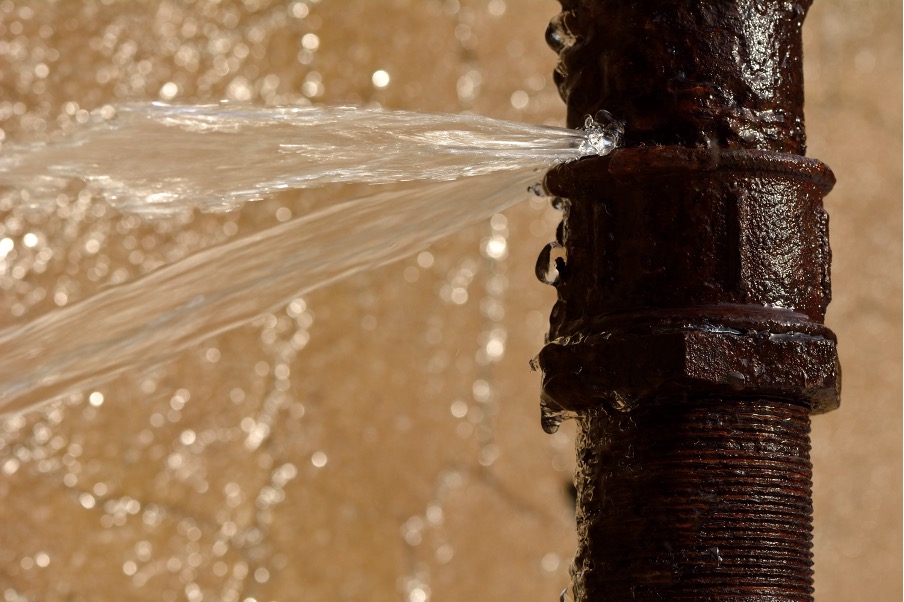How to Inspect If Your Residence Has a Covert Leakage
How to Inspect If Your Residence Has a Covert Leakage
Blog Article
In this article in the next paragraph you can discover a lot of excellent ideas related to Leaking water lines.

Early discovery of dripping water lines can minimize a prospective disaster. Some little water leakages may not be noticeable.
1. Take A Look At the Water Meter
Every home has a water meter. Checking it is a guaranteed manner in which assists you discover leaks. For beginners, turn off all the water sources. Make certain nobody will certainly purge, use the faucet, shower, run the cleaning maker or dish washer. From there, most likely to the meter and also watch if it will certainly change. Since nobody is using it, there must be no motions. That shows a fast-moving leak if it relocates. If you discover no changes, wait an hour or two and inspect back once more. This indicates you may have a slow-moving leak that might even be underground.
2. Examine Water Consumption
Analyze your water costs as well as track your water consumption. As the one paying it, you should notice if there are any kind of inconsistencies. If you detect sudden changes, regardless of your consumption being the same, it implies that you have leakages in your plumbing system. Remember, your water bill must drop under the very same range each month. An unexpected spike in your expense suggests a fast-moving leak.
A consistent rise every month, even with the very same behaviors, shows you have a sluggish leakage that's also slowly escalating. Call a plumber to thoroughly check your residential or commercial property, particularly if you really feel a warm area on your floor with piping underneath.
3. Do a Food Coloring Test
When it comes to water consumption, 30% comes from toilets. If the color in some way infiltrates your dish throughout that time without flushing, there's a leak between the tank and bowl.
4. Asses Exterior Lines
Don't neglect to inspect your exterior water lines also. Must water permeate out of the connection, you have a loose rubber gasket. One small leakage can squander bunches of water as well as spike your water expense.
5. Inspect and Assess the Circumstance
Home owners need to make it a behavior to inspect under the sink counters as well as even inside cupboards for any type of bad odor or mold and mildew growth. These two warnings show a leak so timely attention is called for. Doing regular assessments, even bi-annually, can save you from a significant problem.
Extra significantly, if you know your home is currently old, maintain a watchful eye on your heating units, hose pipes, pipes etc. Look for discolorations as well as compromising as a lot of pipelines and also home appliances have a life span. They will certainly additionally naturally weaken due to damage. Don't wait for it to escalate if you believe leaking water lines in your plumbing system. Call a specialist plumber as soon as possible so you don't end up with a horrible mess in your home.
Early discovery of dripping water lines can minimize a potential calamity. Some small water leaks may not be visible. Inspecting it is a proven method that aids you uncover leakages. One little leakage can waste lots of water and also surge your water costs.
If you suspect leaking water lines in your plumbing system, don't wait for it to escalate.
WARNING SIGNS OF WATER LEAKAGE BEHIND THE WALL
PERSISTENT MUSTY ODORS
As water slowly drips from a leaky pipe inside the wall, flooring and sheetrock stay damp and develop an odor similar to wet cardboard. It generates a musty smell that can help you find hidden leaks.
MOLD IN UNUSUAL AREAS
Mold usually grows in wet areas like kitchens, baths and laundry rooms. If you spot the stuff on walls or baseboards in other rooms of the house, it’s a good indicator of undetected water leaks.
STAINS THAT GROW
When mold thrives around a leaky pipe, it sometimes takes hold on the inside surface of the affected wall. A growing stain on otherwise clean sheetrock is often your sign of a hidden plumbing problem.
PEELING OR BUBBLING WALLPAPER / PAINT
This clue is easy to miss in rooms that don’t get much use. When you see wallpaper separating along seams or paint bubbling or flaking off the wall, blame sheetrock that stays wet because of an undetected leak.
BUCKLED CEILINGS AND STAINED FLOORS
If ceilings or floors in bathrooms, kitchens or laundry areas develop structural problems, don’t rule out constant damp inside the walls. Wet sheetrock can affect adjacent framing, flooring and ceilings.
https://www.servicemasterbyzaba.com/blog/how-to-detect-water-leakage-in-walls/

As a devoted reader on Top leak detection hacks, I imagined sharing that piece of content was important. For those who appreciated our blog posting plz do not forget to pass it around. Thanks so much for your time invested reading it.
Report this page